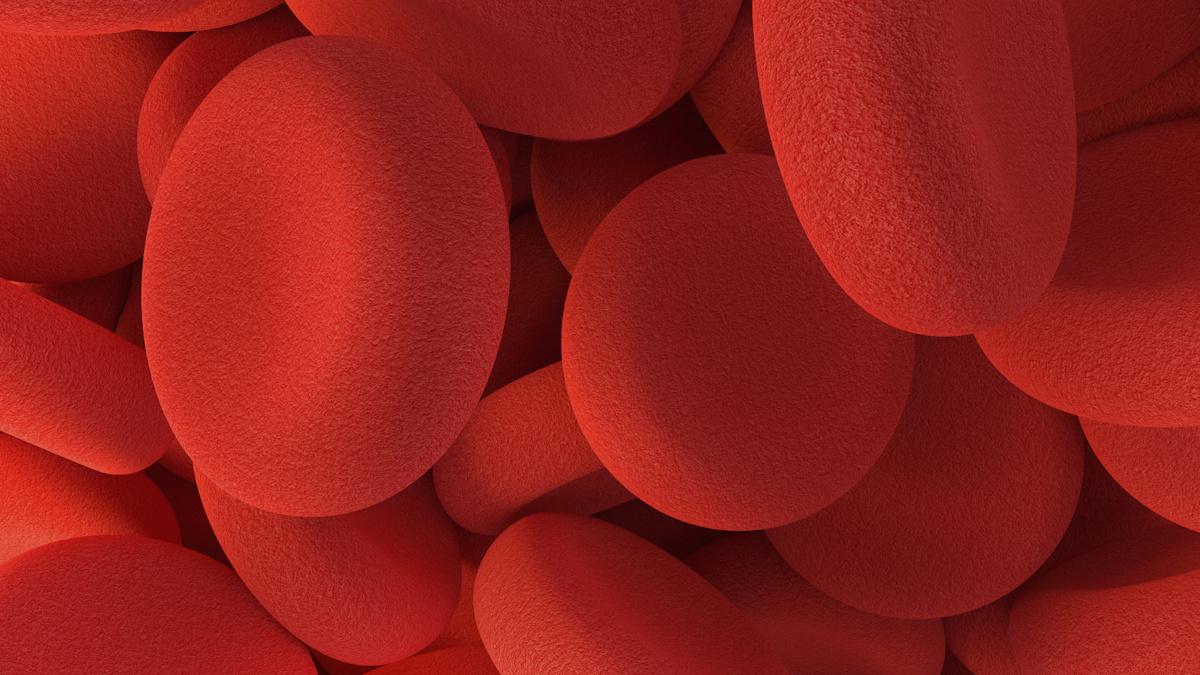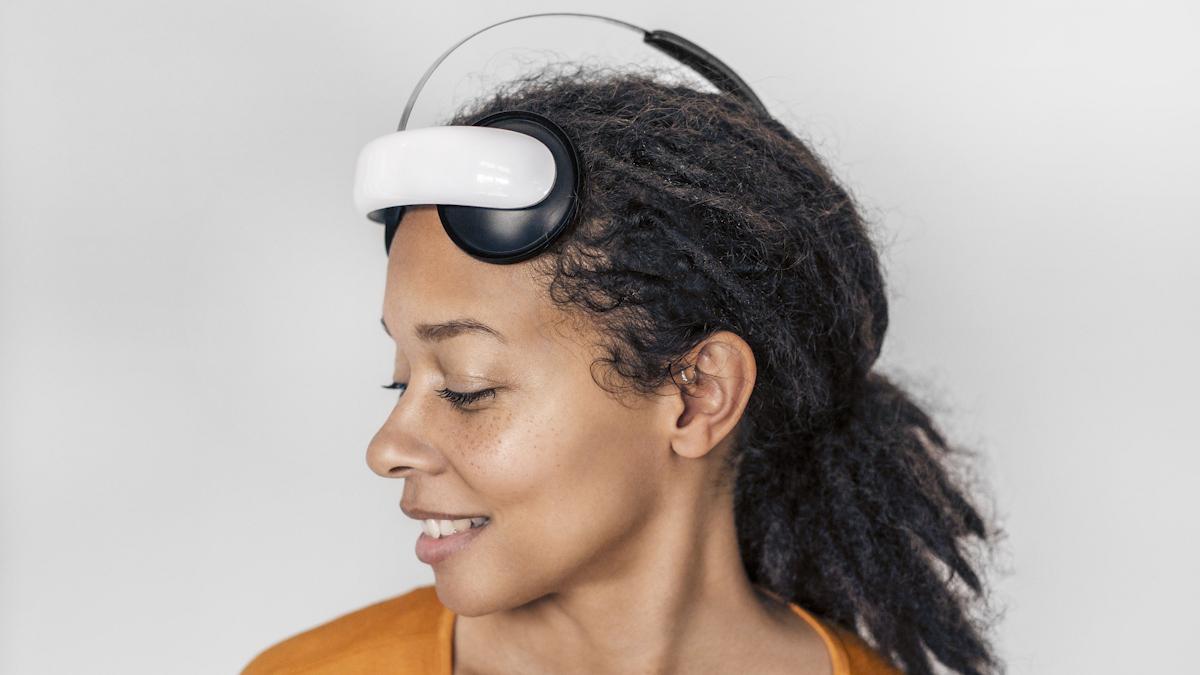How measurement technology can advance sleep monitoring in clinical research and practice

As of 2024, more than one-third of American adults don't get enough sleep, and sleep satisfaction levels are worryingly low. Sleep is connected to our daily functioning, broader health, and safety.
Whether thinking about a clinically diagnosed sleep condition or general sleep experiences, the association is clear - disrupted, poor quality, and insufficient sleep are linked to morbidity and mortality.
Sleep in America: The mental health link
The evidence connecting sleep and health is compelling, including results from the past two years of the National Sleep Foundation’s Sleep in America polls, for example, which highlighted a dramatic connection between sleep and mental health in both adults and teens. Across the samples, there were clear patterns of insufficient sleep and low sleep satisfaction, and respondents with high levels of insufficient sleep and the poorest sleep satisfaction levels also reported higher levels of depressive symptoms.
Yet, never before have people across a variety of settings had so much access to digital technologies that can provide critical information about their sleep to help educate, inform, and guide positive changes in health. Fortunately, these technologies now also give options that can efficiently and reliably measure sleep, outside the lab environment, depending on patient need.
Self-monitoring and sleep metrics
With the availability of self-monitoring technology, the general population needs guidance on how to interpret their own sleep metrics. Foundational work produced in this area includes guidelines for essential elements of healthy sleep, including sleep duration, sleep satisfaction, sleep quality, and sleep consistency (timing), such as found at Sleep Health Journal. This guidance has been supported by multiple standards for consumer devices that measure sleep, including how to measure sleep quality, and informs best-practice applications of measurement technology, which includes expanded use cases in research and digital medicine.
Measuring sleep with digital health technology can be an important option for clinical research and trials that inform broader healthcare. Though there is a long history of monitoring and treating several primary sleep-related disorders, such as obstructive sleep apnoea (OSA), sleep disturbances are present in many health conditions.
PSG and traditional sleep labs
Historically, an objective evaluation of sleep in clinical research often involved laboratory polysomnography (PSG) as the “gold standard”. And, even though research participants’ sleep could be evaluated for a short period (one to two nights) in a controlled lab setting, the unfamiliar and “unnatural” environment of the evaluation left much to be desired.
Sleep labs are far removed from the subject's own bed and bedroom, with enforced “lights out” time that does not resemble the typical process of initiating sleep. Furthermore, with traditional PSG, a plethora of wires and machines are connected to the subject, and the customary team of observers would be, at best, out of place if in the subject's home setting. PSG stands as a real example of how measurement and observation can potentially result in meaningful changes to the behaviour being studied, in fact. Said differently, it might be the case that sleep is altered through the act of measuring the sleep via in-lab PSG (i.e., what is experienced in research or practice as a “first-night effect”).
In addition to the constraints of PSG that remove it from the real sleep experience at home, laboratory-based measurement of sleep has commonly been too inefficient and costly to be broadly incorporated into research that wasn’t focused on primary sleep disorders. For example, many insights into the connection between sleep and areas of health, such as major depression and neurodegenerative conditions, come from studies where the intent was to assess sleep disorders like OSA.
Advances in home sleep testing (HST) devices offered a meaningful alternative, but their design for primary sleep disorders still caused frustrations and barriers for professionals who wanted other insights about sleep. Still, gathering sleep data at home is worth the effort. Sleep endpoints are highly relevant to multiple medical conditions and can be assessed to benefit patients who are considering different potential treatment approaches.
For example, although sleep may not be an intuitive first concern in research on therapies for conditions like asthma, chronic cough, and COPD, measuring sleep can be part of a holistic, patient-based approach to their care. The difficulties people experience from symptoms of these conditions, including the impact of health-related anxiety, can disrupt their sleep. It follows that their poor sleep, now a key part of their patient experience, may contribute negatively to their health outcomes.
Standards for sleep measurements
Today, even as more practical options for measurement are available and recognised for use at home, it is important to help non-sleep researchers and clinicians understand and apply existing standards (based on expert definitions) for which element(s) of sleep to measure. Understanding Parkinson’s disease and Alzheimer’s disease are characterised by sleep disruptions, for example, but which standard elements of sleep are perhaps most important to include in research and otherwise understand in these patient communities?
Sleep is not a single event. Sleep is a complex process that contains many factors that can be disrupted and negatively impact patient’s lives; whether it’s the ability to fall asleep, waking during the night, falling asleep when it is not intended, or not getting enough sleep. Researchers and clinicians can benefit from tools that guide them about how to effectively measure sleep in the patients they are working to help.
Several initiatives exist to meet this need, including the Digital Health Measurement Collaborative Community (DATAcc) by the Digital Medicine Society’s (DiMe) Core Digital Measures of Sleep Project. Building on existing subject-matter definitions and standards in sleep health and through a large group of collaborators from industry, a core set of measures of sleep was established that can be (a) collected by established technology currently available and (b) incorporated consistently across a variety of research and clinical applications.
It's time to wake up to an opportunity: a common approach for measuring sleep endpoints beyond sleep disorders and conditions. With digital health technology, sleep information can be at even more people’s fingertips, benefitting researchers, clinicians, and ultimately the broader health of patients and families.
About the authors
 Jiat Ling (Jiat) Poon, PhD, is a senior director and capability lead for patient-focused endpoints and measurement at Eli Lilly and Company. In this role, she leads a team of experts responsible for developing patient-centred measurement strategies to support clinical development efforts, real-world evidence research, and regulatory and reimbursement strategies across Lilly’s portfolio. Together, she and her team develop innovative patient-centred research capabilities across Lilly, ensuring that the patient's perspective is integrated into research and development. Poon's goal is to take a patient-centric approach to developing life-changing medicines for patients. Before joining Lilly, she was a research scientist in patient-centred research at Evidera. She has a BSc in Pharmacy from the National University of Singapore and received her doctorate in Pharmaceutical Economics and Policy from the University of Southern California.
Jiat Ling (Jiat) Poon, PhD, is a senior director and capability lead for patient-focused endpoints and measurement at Eli Lilly and Company. In this role, she leads a team of experts responsible for developing patient-centred measurement strategies to support clinical development efforts, real-world evidence research, and regulatory and reimbursement strategies across Lilly’s portfolio. Together, she and her team develop innovative patient-centred research capabilities across Lilly, ensuring that the patient's perspective is integrated into research and development. Poon's goal is to take a patient-centric approach to developing life-changing medicines for patients. Before joining Lilly, she was a research scientist in patient-centred research at Evidera. She has a BSc in Pharmacy from the National University of Singapore and received her doctorate in Pharmaceutical Economics and Policy from the University of Southern California.
 Piper Fromy is an associate director at the Digital Medicine Society (DiMe), where she has worked since 2022. In this role, she leads the Alzheimer’s Disease and Related Dementias (ADRD) project and the Core Digital Measures of Sleep project that fall within the Digital Measures and Diagnostics portfolio. Across these projects, she focuses on the important aspects of measurement to target for people experiencing a condition, and for clinicians who assess the condition – in the hope of finding measurement solutions relevant to all these stakeholders. She is also part of the Validating Novel Digital Clinical Measures project, where she helps to build robust analytic solutions for researchers in the digital health technology space. Fromy has worked in the patient reported outcome field for around seven years, and previously focused on assessing the measurement properties of instruments included in clinical trials. This ranges from patient reported outcomes to digital health technologies. As part of this role she develops new methods to address the challenges that arise from increasingly complex data and associated questions.
Piper Fromy is an associate director at the Digital Medicine Society (DiMe), where she has worked since 2022. In this role, she leads the Alzheimer’s Disease and Related Dementias (ADRD) project and the Core Digital Measures of Sleep project that fall within the Digital Measures and Diagnostics portfolio. Across these projects, she focuses on the important aspects of measurement to target for people experiencing a condition, and for clinicians who assess the condition – in the hope of finding measurement solutions relevant to all these stakeholders. She is also part of the Validating Novel Digital Clinical Measures project, where she helps to build robust analytic solutions for researchers in the digital health technology space. Fromy has worked in the patient reported outcome field for around seven years, and previously focused on assessing the measurement properties of instruments included in clinical trials. This ranges from patient reported outcomes to digital health technologies. As part of this role she develops new methods to address the challenges that arise from increasingly complex data and associated questions.
 Joseph M Dzierzewski, PhD
Joseph M Dzierzewski, PhD
Senior Vice President, Research & Scientific Affairs
Dr Joseph M. Dzierzewski, PhD, is the senior vice president of research & scientific affairs at the National Sleep Foundation. In this role, he is charged with leading NSF’s scientific platform, which includes overseeing the development of NSF’s sleep health guidelines and sleep health research activities. He also serves as an NSF sleep expert for media and industry partnerships and engages in national advocacy efforts. Dr Dzierzewski was previously a tenured associate professor in the Department of Psychology at Virginia Commonwealth University, where he served as the concentration director for the Behavioral Medicine Program. He is both a well-funded and widely-published investigator, with over 350 publications. Dr Dzierzewski’s educational background is in Clinical Health Psychology, focusing on behavioural sleep medicine, and he maintains an active clinical license.











